Roofing Guide
Everything you need to know before replacing your roof.Considering a roof replacement but still have questions? Learn everything you need to know with Preferred Home Improvement’s handy roofing guide.
A quality roof is one of the most important features of a home. Not only do roofs play a role in the value and aesthetic appeal of your home, but they also safeguard your home against storms, pests, and falling debris.
Understandably, dealing with a new roof replacement can seem overwhelming, but it doesn’t have to be. We’ve created this handy roofing guide to answer any potential questions or concerns you might have about roof replacements.
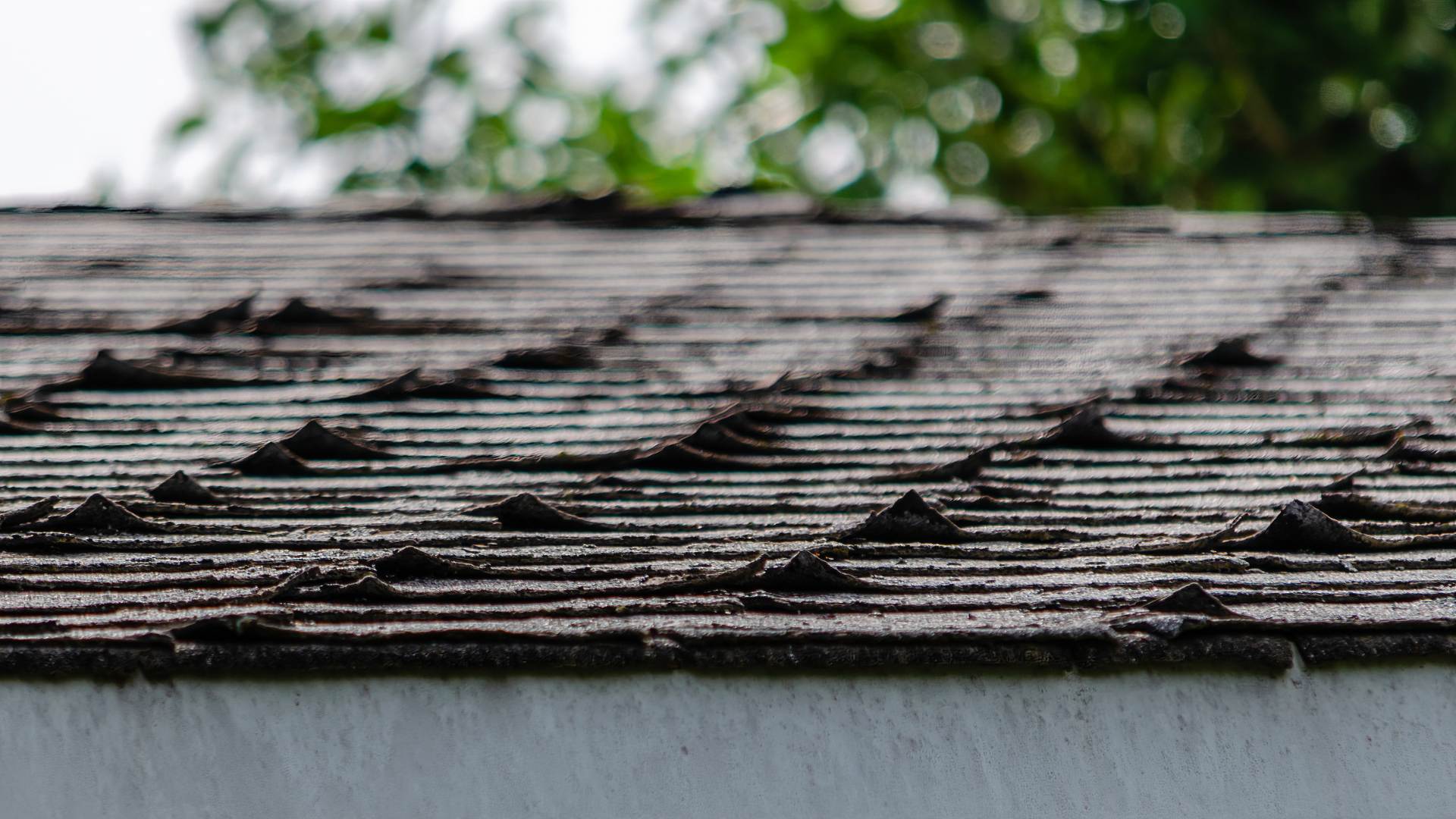
When Is It Time to Replace My Roof?
While quality roofing can last many years, it is natural for roofs to start showing signs of wear and tear over time. Some of these signs are the result of the natural aging process of the roofing materials, while others can be signs of damage sustained from inclement weather over the years. If your home was victim to severe weather damage, your homeowners’ insurance policy will likely cover the cost of your roof replacement.
Whatever the reason, if your roof is starting to look a little worn or damaged, then it’s likely time to schedule a professional roof inspection.
So, what signs should you be looking for exactly that indicate it’s time for a new roof?
- Water damage: A very common sign of roofing that needs to be replaced is water damage in the home. If you are starting to notice visible water stains or moisture in your attic, then you likely need a new roof.
- Aging: The average lifespan of a roof is between 20 to 50 years. If your roof is looking worn out, then it is likely that it has outlived its lifespan and needs to be replaced. The materials used as well as how well the roof was installed can also play a role in your roof wearing out.
- Sagging: If your roof is sagging in certain areas, this is a sign of trapped moisture, which likely means there is further damage to the decking under the roof.
- Missing, damaged, or warped shingles: If the shingles on your roof are missing, curling, buckling, or cracked, then it’s probably time for a new roof. Many things can cause the shingles on your roof to detach or become damaged, but this is most often the result of heavy winds and storm damage, such as hail storms.
- Mold and moss: Mold or mildew growth on the roof is another sign of trapped moisture. In addition to underlying moisture problems, mold and mildew can also ruin your roof if left untreated.
- Critter infestations: Infestations in the home, such as bats, squirrels, raccoons, and other critters are typically a sign that there is damage to your roof that has left an opening.
- High energy bills: If your HVAC system is struggling to keep up with the cold in the winter and the heat in the summer, it could be a sign that your roof is outdated and needs to be replaced. Damage or aging can lead to insulation problems and air leaks, which can make it harder to maintain a comfortable temperature in your home.
Benefits of Replacing Your Roof
Numerous benefits come with a new roof, including:
- Lower energy costs: A new roof is a great way to improve the energy efficiency of your home and reduce your energy bills by reducing air leakage.
- Increased home value: If you ever plan on selling your home, a new roof can significantly improve the value of your home. One of the things that homebuyers look at most when buying a new home is the quality of the roof. Metal roofs, for example, have been shown to significantly improve home value due to durability and a longer lifespan.
- Better air quality: Old roofs tend to have issues that lead to poor ventilation and moisture accumulation. This can lead to the growth of mold and mildew, which can negatively impact the air quality in your home.
- Safety and protection: If your roof is outdated, it can create a hazard for your home and those who live in it. With a new roof, however, your home will be better protected from things like storms or critters, which will keep everyone inside the home safer.
- Avoiding costly home repairs: Damage caused by storms or critter infestations can be costly, especially if these issues are left unaddressed for a long time. While a new roof does require an upfront investment, unless you’re filing an insurance claim, it will save you from dealing with costly home repairs down the road.


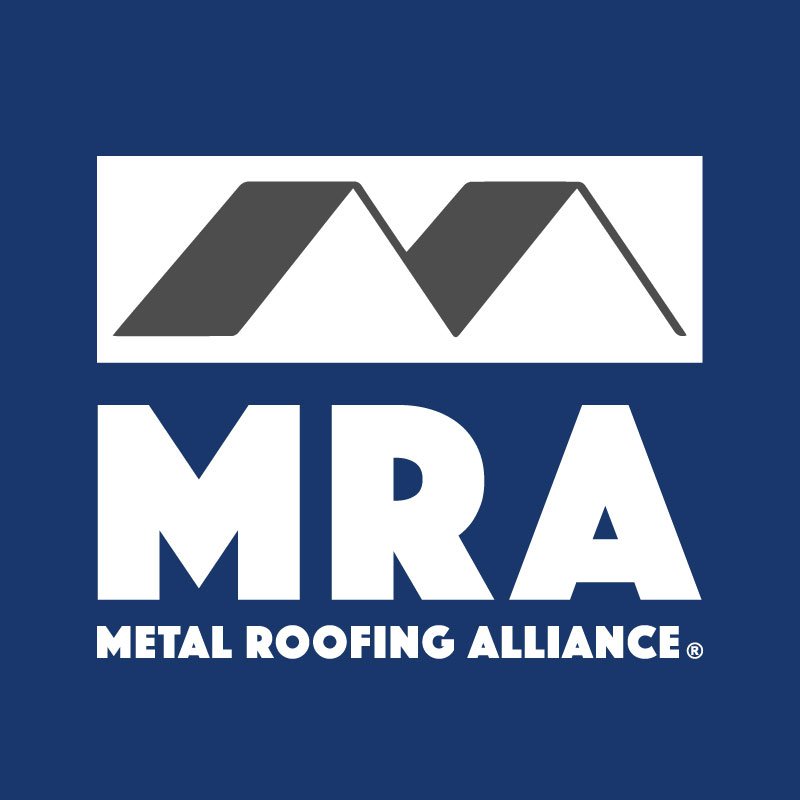
Roofing Guide
What Types of Materials are Available for Roofs?
There are several different roof material options when you are replacing your roof, but two popular options include asphalt shingles and metal roofing.
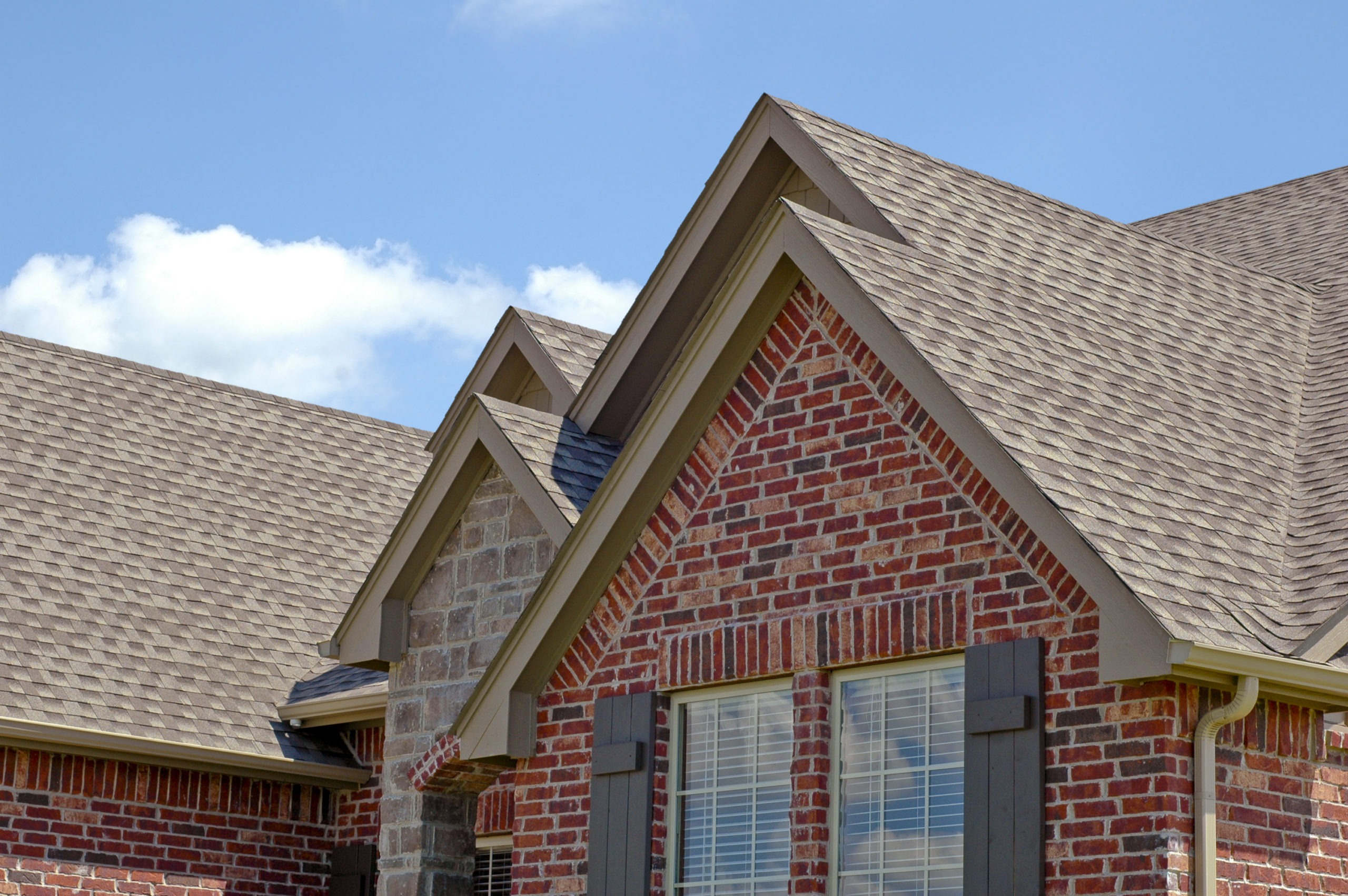
Asphalt Roofing
Asphalt shingles are the most common type of roofing materials because they are easy to install, come in a wide array of colors, and are one of the most affordable options. Asphalt shingles can also match visually with just about any home style and can be tailored to fit any roof structure. In addition to being affordable, asphalt shingles are also weather-resistant, absorb sound, and are eco-friendly due to their recycling options.
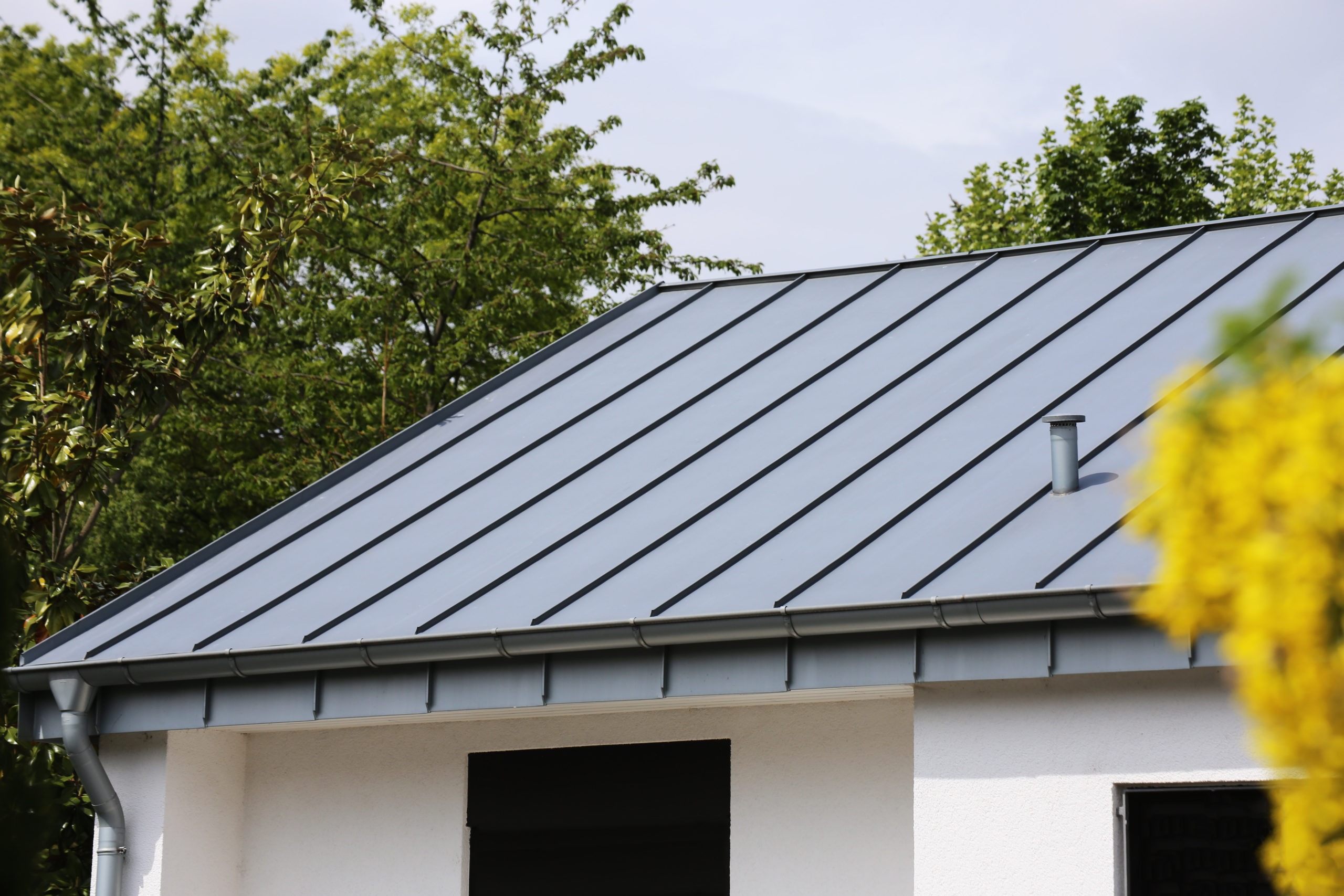
Metal Roofing
Metal roofing is rapidly becoming a highly sought-after roof option for many reasons. First and foremost, metal roofs have a significantly longer lifespan than most other roof options, lasting between 40 to 50 years. Metal roofing is also very lightweight, which makes it a great option for homes that don’t have as supportive of a roof structure.
This type of roofing is also great for maximum rain and snow shedding if you live in an area that sees a lot of inclement weather. Last but not least, metal roofs are highly energy efficient because they help with heat conduction by reflecting the sun.
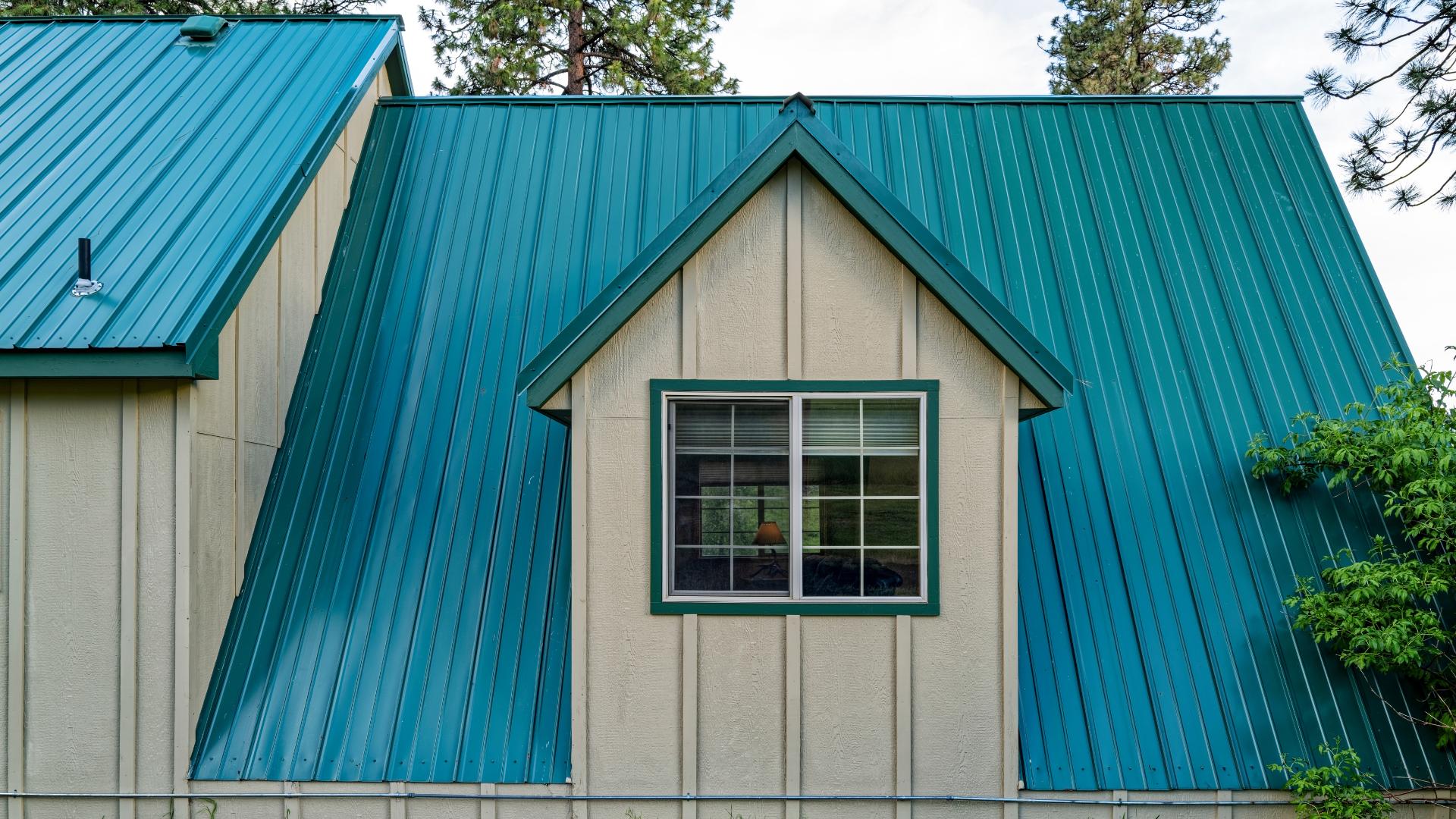
Color Options
In addition to materials, there are also a wide variety of color and style options available when you choose your roofing material. The color of your roof can be just as important as the color of your siding. It’s good to have options so you can choose a roof that suits the style and aesthetic of your home. Some popular colors include various shades of brown, green, red, gray, and plum.
Roofing Guide
Can I Just Repair My Roof Instead of Replacing It?
Due to the investment of a new roof, it’s not uncommon for homeowners to wonder if they can get by with repairs instead of a full replacement. The answer to this question depends on the specific situation.
We’ve already discussed the signs that indicate when you need a roof replacement in the initial section of this guide, so let’s review when repairs are an option:
- Your roof is still “young”: If your roof is not that old and hasn’t outworn its lifespan, then repairs might be the better option. For example, if your roof is only 5 to 10 years old but is meant to last 15, 20, or even 30 years, you can likely get by simply repairing the parts that need fixing.
- The damage is minor: The extent of damage will also play a role in whether or not you need a repair or a replacement. If you are dealing with a minor leak or minimal damage, such as some denting in your metal roof or broken shingles, then you might only need a simple repair. However, if the damage is extensive, it will likely be more cost-effective and safer to have the entire roof replaced.
- You don’t plan to move anytime soon: Replacing your roof is a great idea if you plan to move within the next five years because a new roof can increase your home’s value and curb appeal. This means you will be able to list it at a higher price. However, if you aren’t moving and your roof isn’t old or experiencing significant damage, then it might be smarter to stick to repairs.
At the end of the day, whether or not you need repairs or a replacement is best determined by a professional. A quality roofing contractor will offer free inspections and should give you their honest opinion about your options instead of simply trying to sell you a new roof when you don’t need one.
Should I Be Concerned About a Hailstorm Damaging My Roof?
As a homeowner in Pennsylvania, you are likely all too familiar with how severe weather can affect your home. Between the rain, snow, and ice, your home can take a beating year after year. Hail damage can be especially problematic, especially if you don’t address the damage right away.
A single hailstone can sometimes weigh more than a pound, which can easily crack or dent your roofing materials, leaving the decking and your home exposed to issues like moisture accumulation and leaks. Signs that your roof has experienced hail damage can include:
- Black colored spots
- Loss of granules
- Bruised shingles
- Dent marks
- Split or cracked shingles
- Tears at the end of shingles
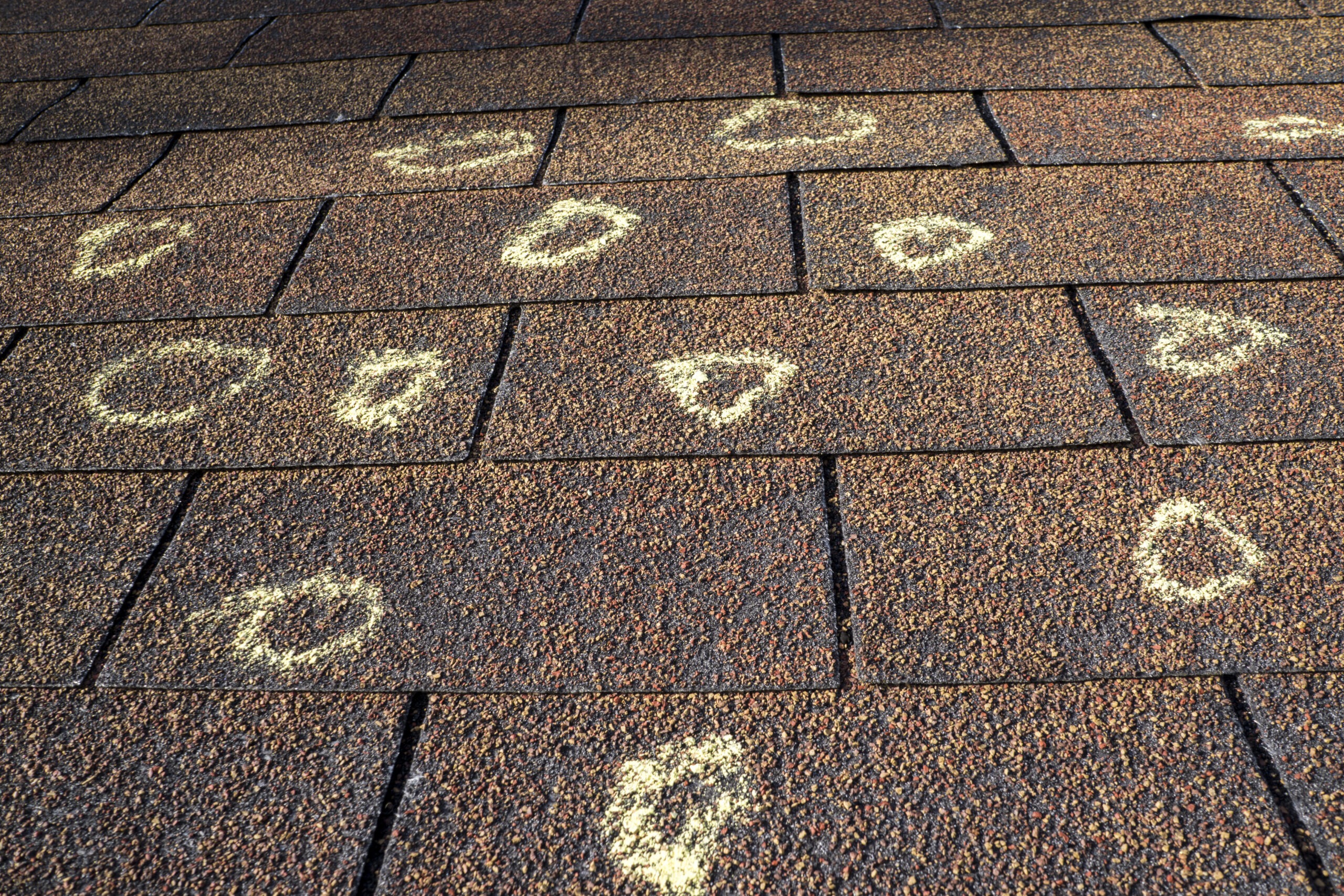
The good news is that hail damage can be repaired. If your roof is relatively new or within its warranty, then you can likely have the hail damage repaired instead of needing to replace your entire roof. However, if the damage is extensive, roof replacement might be in order.
Whether you just need a repair or a replacement is in order, it’s important to note that you won’t necessarily have to pay for this completely out of pocket. In most cases, homeowners insurance covers hail damage. When you schedule a roof inspection with a contractor, they can work with your insurance company to get your claim approved so the work can be done at little cost to you.
How Much Does a Roof Replacement Cost?
Different factors play a role in how much your roof replacement will cost, such as the size, the structural design, and the materials used. In most cases, the majority of the cost will be based on materials and labor. On average, 40% of costs go toward materials and about 60% goes to labor.
Asphalt shingles are going to be the most affordable option, which is why they are a common choice. Metal roofing will be a little more expensive, but remember, it also lasts longer.
In the end, the best way to get a more accurate estimate of how much your roof will cost is to schedule an inspection and consultation with a professional roofing company. These inspections are free, and during your consultation, your contractor will discuss the various options available to you based on your needs and preferences.
It’s also important to note that you can also work with your insurance company if you are seeking a roof replacement due to damage. While insurance typically won’t cover a new roof simply because you want an upgrade or because your roof is outdated, they will cover costs related to damage from events like storms, falling debris, and hail.
Tips for Picking Your Roofing Contractor
Before selecting a roofing contractor to handle your roof replacement, there are a few things you should consider and keep in mind. To help you, we’ve put together a list of tips for choosing the right roofing contractor:
- Look for good customer reviews: Quality customer service is important if you want to ensure the company you choose has your best interests in mind. Look for online reviews, client testimonials, and even referrals that show previous customers were satisfied with the service.
- High-quality materials: Another important thing to look for when choosing a contractor is the materials they use. A good contractor should list the types of high-quality, performance materials they use, such as name brands like Owens Corning.
- License and insurance: Of course, the company you select should have the right licenses and insurance to operate as a roofing contractor. This ensures they are qualified and that your home will be protected in case something happens during the project, such as an accident or property damage.
- Warranties: A good contractor will also have manufacturing and installation warranties that guarantee you are covered if the roof isn’t installed properly or if the materials used are defective or damaged.
So You’re Scheduled to Replace Your Roof, Now What?
Once you’ve scheduled your roof replacement, there are things you can do to better prepare yourself to ensure a smooth and successful installation.
- Make plans for pets and children to be out of the way during the process to ensure their safety.
- Park your vehicles away from the home to make room for construction vehicles and to ensure your car is not damaged.
- Vibrations from hammering and machinery can cause things inside your home to shift, fall, or vibrate, so make sure to secure everything that could break.
- Move any outdoor items away from the house, such as patio furniture, grills, toys, potted plants, and lawn ornaments.
- If possible, trim any trees with low-hanging branches that could interfere with the roof installation.
- Let your neighbors know that your house will be under construction in case they need to make plans to deal with the noise.
- Cover any personal belongings in your attic that you want to protect from dust and debris.
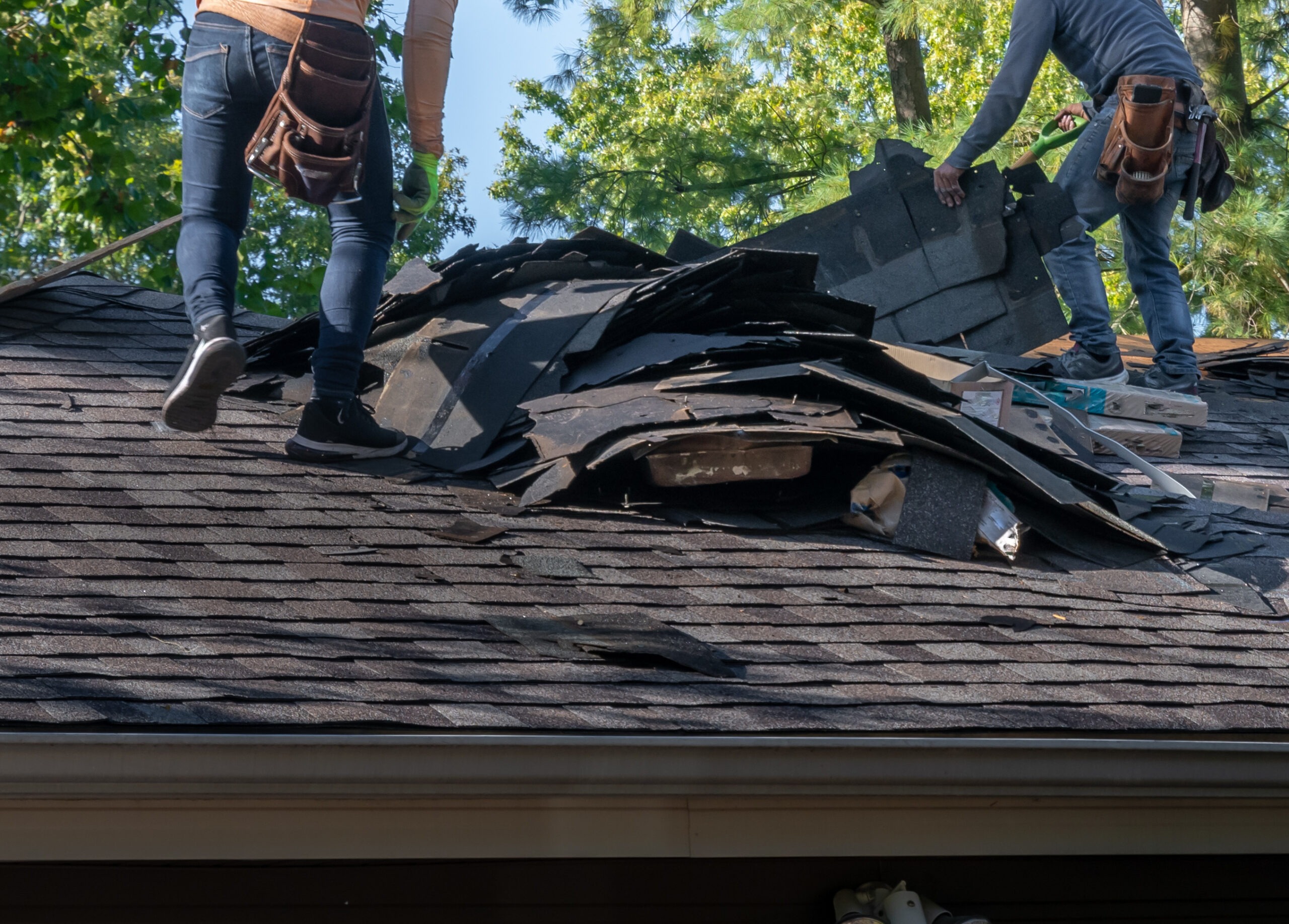
After the roof inspection is completed, the contractor should do a final walkthrough and inspection to ensure everything is properly installed. They should also inspect your property for any potential damage and make sure the job site is completely clean of any remaining debris.
It’s also important to keep up with routine roof maintenance after a new roof installation to extend the life of your roof. This includes regularly checking for damage, keeping your gutters clean, removing debris and nearby branches, and removing mold and mildew.
Choose Preferred Home Improvement, Your Trusted Local Roofing Experts
Preferred Home Improvement has specialized in roof replacements for over 35 years. We are a family-owned business that is honest, hardworking, experienced, and customer-focused.
We make roofing replacements easy with free consultations, transparent pricing, and plans that are custom-designed to suit your needs and budget.
Learn more about our quality roofing services today, or contact us to set up a free consultation!